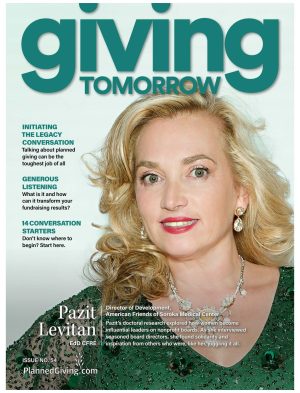The SECURE Act is now law. But does it affect any of the ways donors can give through their retirement plans?
When you read through all 125 pages and get down to the bare bones of the legislation, not really.
What it does affect is the marketing approach one should use when promoting IRAs and Unitrusts to your nonprofit’s planned giving prospects.
With that in mind, we’ve tweaked the language on all of our clients’ planned giving websites. You should do the same in all of your communications, too — newsletters, pamphlets, postcards, e-blasts, etc. Don’t worry — it’s really quite simple.
Basically, your planned giving marketing materials should remind your philanthropically minded audience that:
- Retirement plans are normally taxed at a much higher rate. So leaving less-taxed assets to heirs (for instance, life insurance) is a much more favorable strategy, since there’s zero tax if your IRA or pension plan is donated to a qualified charity.
- Heirs now have only 10 years to take Required Minimum Distributions. This means the government will get their taxes much sooner. (Note: In response to COVID-19, RMDS have been waived for 2020, and lawmakers have also created some new opportunities for donors to itemize.)
- Now’s a good time for a thorough tax review by an expert. In some cases, it might make sense to leave an IRA to charity and purchase life insurance for your children; or open a charitable remainder trust to maximize legacy benefits.
We’ve created a complimentary FAQ page with more information on the basic facts. The following resource includes several questions your peers are asking. To learn even more about planned giving strategies for the SECURE Act, purchase our webinar series with Jeff Comfort, Viken Mikaelian, and Camilyn Leone. We’ll even cover what advisors who are not philanthropically inclined are telling their clients.
Categories: Beneficiary Designations, Bequests, Estate Planning, Charitable Gift Annuity, Charitable IRA Rollover






